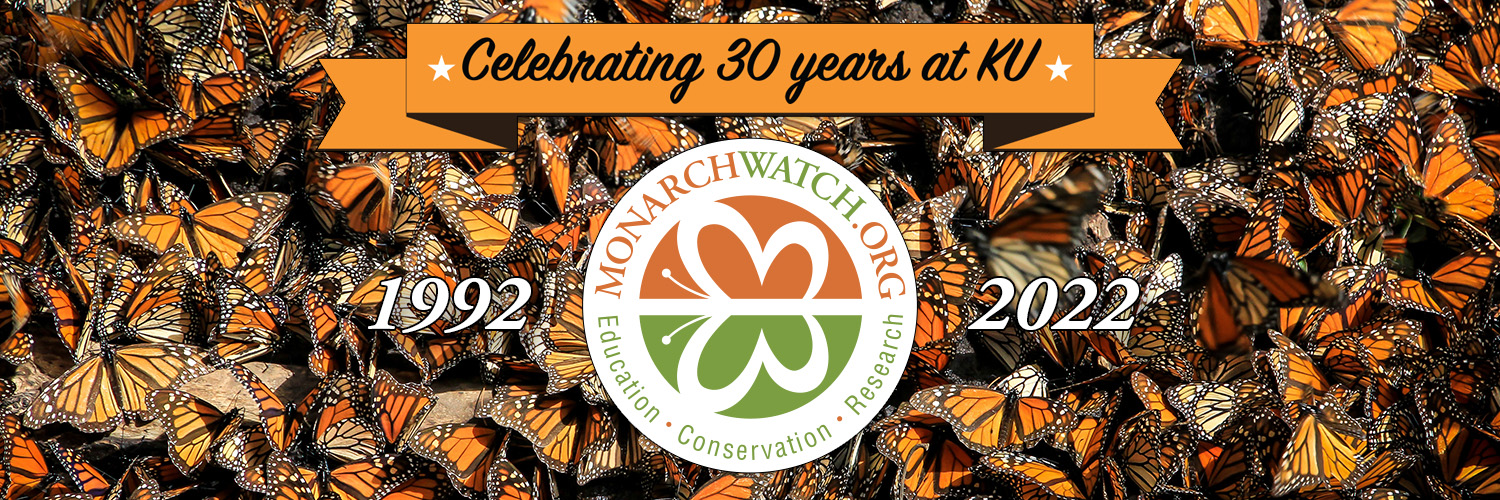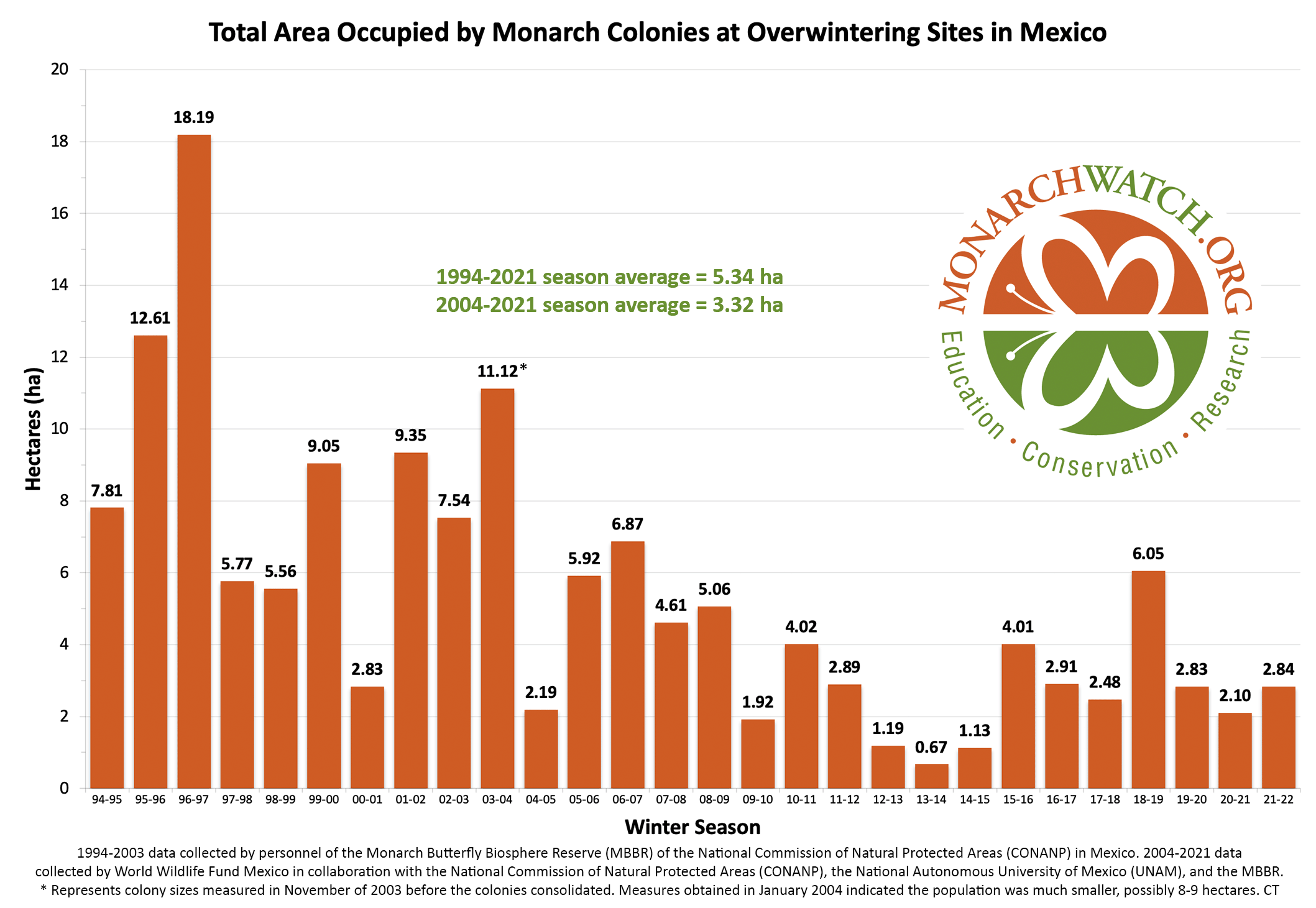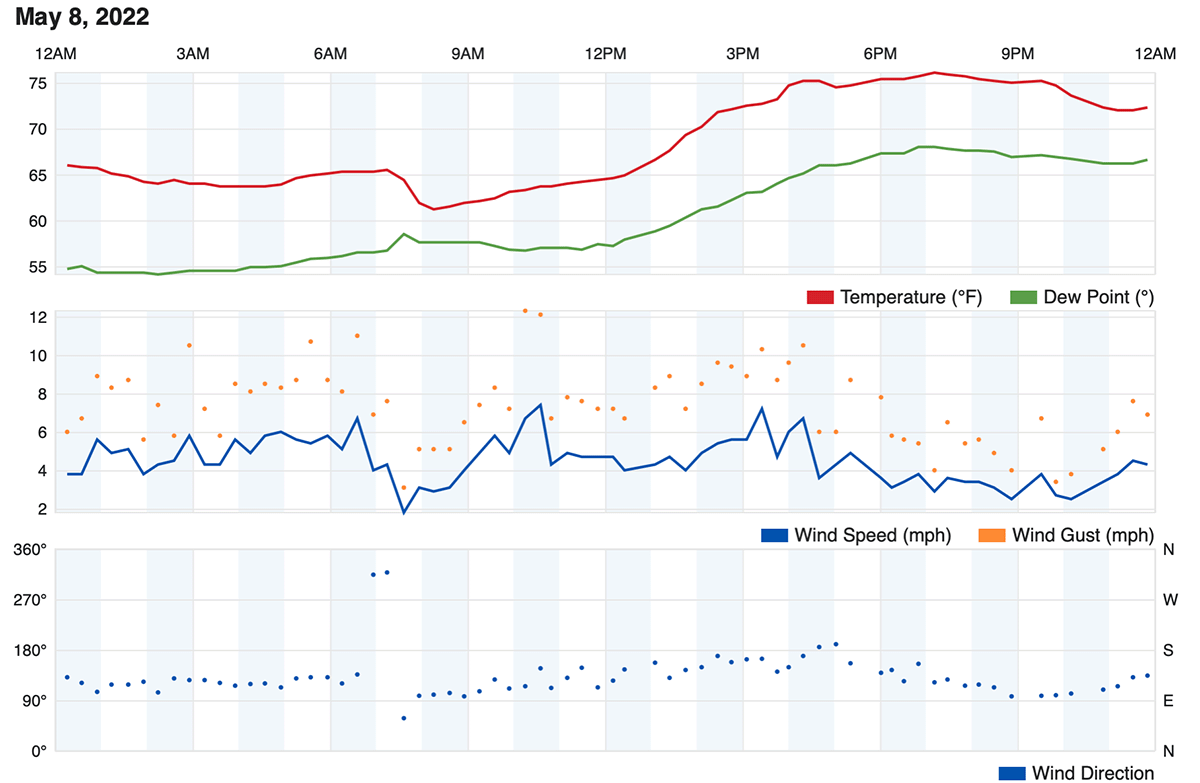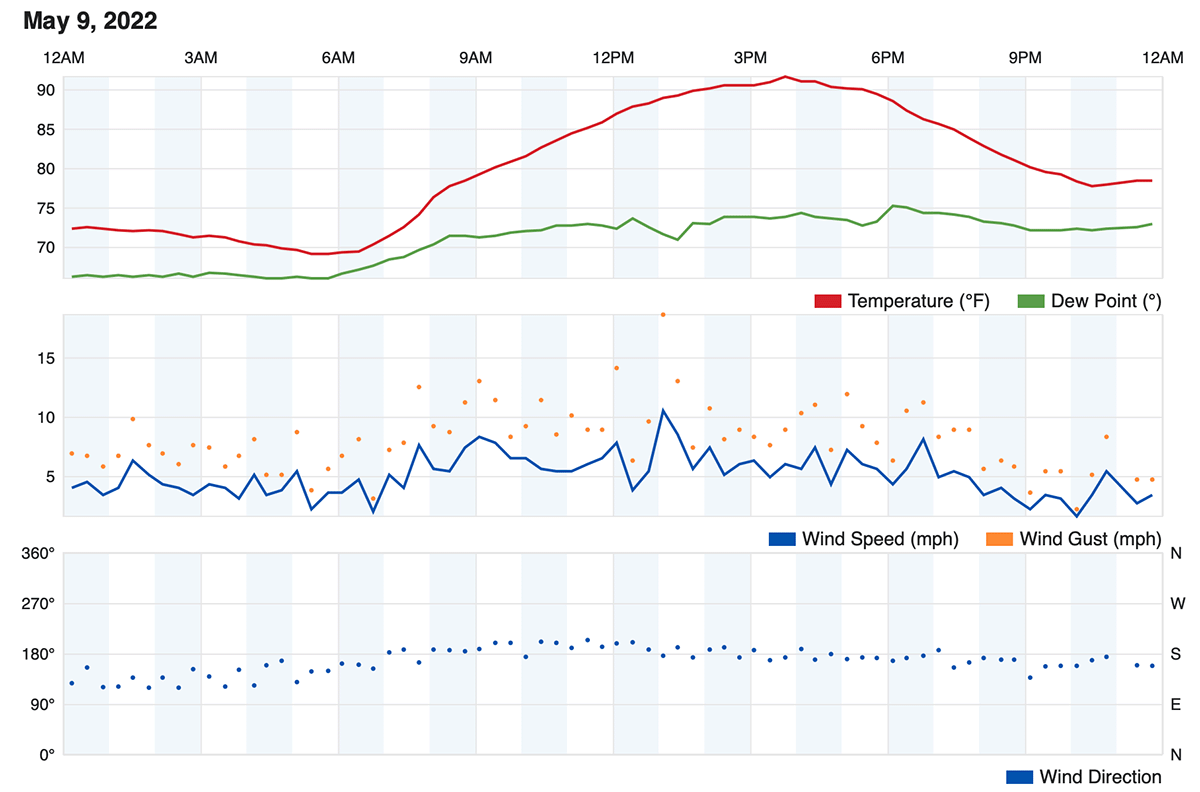Monarch Watch Update August 2022
23 August 2022 | Author: Jim LovettThis newsletter was recently sent via email to those who subscribe to our email updates. If you would like to receive periodic email updates from Monarch Watch, please take a moment to complete and submit the short form at monarchwatch.org/subscribe/
Greetings!
As we’ve mentioned before, the number of communications we receive in the fall can be overwhelming at times so we ask for your patience if you are waiting for a response – we are not always able to respond in a timely manner but we do try to address every email, voicemail and letter we receive. We love to hear from you but please be sure to check out all of the information we have online via our Website, Blog, Facebook page, etc. before contacting us with questions. THANK YOU! 🙂
Included in this issue:
1. Upcoming Monarch Watch Events
2. Monarch Population Status
3. Monarch Watch Tagging Kits
4. Submitting Tag Data
5. Send us your photos, videos, stories, and more!
6. Monarch Waystations
7. About This Monarch Watch List
——————————————————
1. Upcoming Monarch Watch Events
——————————————————
The deadline is approaching fast but there is still time to register to come celebrate 30 years of Monarch Watch with us in Lawrence, Kansas!
We are planning special events for September 15-17, 2022 and hope you will join us. Space is limited, so please reserve your place as soon as possible. Event registration will close when capacity is reached or at the latest, August 24th (Wednesday). Complete event, location, hotel, travel, ticketing and RSVP details (everything you need to know to plan your visit) are available online at the link below.
Monarch Watch 30-year events: https://monarchwatch.org/events/
Here is a quick overview of what we have planned:
Thursday, September 15 – Banquet
Join us for a banquet and program highlighting 30 years of Monarch Watch. There will be ample opportunity to socialize with Chip, fellow monarch enthusiasts and Monarch Watch staff. $60/person
Friday, September 16 – Symposium & Evening in the Garden
Attend a monarch update symposium, enjoy a boxed lunch with participants and engage in discussion. $15/person
Later, have a relaxing stroll through Monarch Waystation #1 where Monarch Watch staff and Douglas Co. Extension Master Gardeners will be available to answer questions. Free event.
Saturday, September 17 – Monarch Tagging
We will provide tags, nets, and instruction then send you out into the wetlands to tag some wild monarchs as they migrate through the area. The Baker Wetlands encompasses 927 acres of rich, natural wildlife and is one of the most diverse habitats in Kansas. Free event.
There are also a number of monarch-related activities going on in Lawrence throughout September and we are posting details at https://monarchwatch.org/events as we receive them.
We hope you can join us for one or all of the events but if you can’t, we plan to share them with you through photos, video, and maybe even some livestreaming so be sure to check the event page in the coming weeks!
——————————————————
2. Monarch Population Status —by Chip Taylor
——————————————————
The migration is underway!
EASTERN MONARCHS
The fall monarch migration has started and is slowly advancing southward through the northern latitudes. The leading edge of the migration sometimes arrives as early as the 23rd of August in the Twin Cites area (45N). Due to a delay in the development of the second generation in late May and June, it is likely this migration, consisting mostly of 3rd generation butterflies, will be late and drawn out. The numbers in the migration should be good from the Maritimes in the NE to as far south as northern Virginia. Lower numbers than usual are expected for the midwest. The drought in Oklahoma, Texas and Nuevo Leon (Mexico), could limit fall flowering and therefore the nectar needed by monarchs to fuel their migration. Such droughts are strongly associated with lower numbers recorded at the overwintering locations in Mexico.
WESTERN MONARCHS
It appears to be a great year for monarchs in the Pacific Northwest and by some accounts, it may be the best summer since 2017 or 2018. The summer heat hasn’t been too intense and a good fall migration is expected from this area. The numbers of monarchs in Arizona are about average this year which is good compared to a couple of years ago but lower than the numbers seen last year at this time. Utah and western New Mexico are having a really good year with many reports of abundant larvae/pupae. Northern and southern Nevada have both reported Monarchs but the Reno area in particular is reporting good numbers in comparison with just a few sightings in the south. Overwintering numbers in the west should be very good, as long as September temperatures in California are close to normal.
David James and Gail Morris provided information about the status of western monarchs.
——————————————————
3. Monarch Watch Tagging Kits
——————————————————
We are in the process of sending out tagging kits for our 31st tagging season – wow! As of today, all preorders and most recent orders going to locations north of (and including) Colorado, Kansas, Missouri, Kentucky, and Virginia have been mailed out. If you are located in that area and you have not yet received your tags, watch your mail for them to arrive within the next 10 days or so. Tags for locations further south will be mailed out soon – priority is always given to those tag orders going to locations that will experience the migration first.
Monarch tagging continues to be an important tool to help us understand the monarch migration and annual cycle – a long-term record is crucial to understand the dynamics of such complex natural phenomena. If you would like to tag monarchs this year, please order your tags soon! Tagging Kits should arrive within 10–12 days but as mentioned above, priority will be given to areas experiencing the migration first.
Monarch Watch Tagging Kits are only shipped to areas east of the Rocky Mountains. Each tagging kit includes a set of specially manufactured monarch butterfly tags (you specify quantity), a data sheet, tagging instructions, and additional monarch / migration information. Tagging Kits for the 2022 season start at only $15 and include your choice of 25, 50, 100, 200, or 500 tags.
Monarch Watch Tagging Kits and other materials (don’t forget a net!) are available via the Monarch Watch Shop online at https://shop.monarchwatch.org – where each purchase helps support Monarch Watch.
2022 datasheets and instructions are available online via the Monarch Tagging Program page at https://monarchwatch.org/tagging
Tagging should begin in early to mid-August north of 45N latitude (e.g. Minneapolis), late August at other locations north of 35N (e.g., Oklahoma City, Fort Smith, Memphis, Charlotte) and in September and early October in areas south of 35N latitude. See a map and tables with expected peak migration dates and suggested dates to begin tagging on the Monarch Tagging Program page at the link above.
——————————————————
4. Submitting Tag Data
——————————————————
We are starting to receive 2022 tag data but if you haven’t submitted your older data yet (for 2021 or even previous years) it is not too late. Please review the “Submitting Your Tagging Data” information on the tagging program page then send us your data via the Tagging Data Submission Form. In general, please try to submit your data soon after you are finished tagging for the season.
Complete information is available at https://monarchwatch.org/tagging if you have questions about submitting your data to us and we have conveniently placed a large “Submit Your Tagging Data” button on our homepage at https://monarchwatch.org that will take you directly to the online form.
There you can upload your data sheets as an Excel or other spreadsheet file (PREFERRED; download a template file from https://monarchwatch.org/tagging) or a PDF/image file (scan or photo).
You may also use the new Monarch Watch mobile app (available for Apple and Android devices) to record and submit data – download from your app store or visit https://monarchwatch.org/app
If you have any questions about getting your data to us, please feel free to drop Jim a line anytime via JLOVETT@KU.EDU
——————————————————
5. Send us your photos, videos, stories, and more!
——————————————————
We are always looking for monarch photos, videos, stories and more for use on our website, on our social media accounts, in our publications, and as a part of other promotional and educational items we distribute online and offline to promote monarch conservation and Monarch Watch.
To help us celebrate this year, we’d like you to send us your favorites! We will display some of them at the events and share them via our social media accounts and on our website as well. For photos, we prefer the original image resolution and file size to give us the greatest flexibility in using them. Please only submit your own materials.
There are several ways you can send us your favorite files and all of the methods below are accessible via https://monarchwatch.org/share
1. Main submission form at https://monarchwatch.org/share/submit
This is the form we prefer you use as it is the most comprehensive and allows you to provide complete information.
2. Quick uploader for photos and videos at https://monarchwatch.org/share/photos
Note that this method does not allow you to include contact or other information.
3. If you have issues using either of the tools above you may also email your submission to us at share@monarchwatch.org but please include everything we ask for on the main form by copying/pasting the information below into your email message (or use it as a guide).
Name:
Email address:
Do you want to be credited when we use your materials, when feasible?
Name as you would like it to appear in credit:
Description of materials or other comments (for photos and videos this should include an approximate date of capture and location):
Please note that by sharing materials with Monarch Watch you agree to the statements provided at https://monarchwatch.org/share regarding their origin and use. Thank you!
——————————————————
6. Monarch Waystations
——————————————————
To offset the loss of milkweeds and nectar sources we need to create, conserve, and protect monarch butterfly habitats. You can help by creating “Monarch Waystations” in home gardens, at schools, businesses, parks, zoos, nature centers, along roadsides, and on other unused plots of land. Creating a Monarch Waystation can be as simple as adding milkweeds and nectar sources to existing gardens or maintaining natural habitats with milkweeds. No effort is too small to have a positive impact.
Have you created a habitat for monarchs and other wildlife? If so, help support our conservation efforts by registering your habitat as an official Monarch Waystation today!
Monarch Waystation Program: https://monarchwatch.org/waystations
A quick online application will register your site and your habitat will be added to the online registry. You will receive a certificate bearing your name and your habitat’s ID that can be used to look up its record. You may also choose to purchase a metal sign to display in your habitat to encourage others to get involved in monarch conservation.
As of 20 August 2022, there have been 40,704 Monarch Waystation habitats registered with Monarch Watch! Texas holds the #1 spot with 3,374 habitats and Illinois (3,150), Michigan (3,014), California (2,657), Ohio (2,144), Florida (2,050), Virginia (1,789), Pennsylvania (1,780) Wisconsin (1,775), and Ontario (1,330) round out the top ten.
You can view the complete Monarch Waystation Registry and a map of approximate locations via https://monarchwatch.org/waystations/registry
——————————————————
7. About This Monarch Watch List
——————————————————
Monarch Watch ( https://monarchwatch.org ) is a nonprofit education, conservation, and research program affiliated with the Kansas Biological Survey & Center for Ecological Research at the University of Kansas. The program strives to provide the public with information about the biology of monarch butterflies, their spectacular migration, and how to use monarchs to further science education in primary and secondary schools. Monarch Watch engages in research on monarch migration biology and monarch population dynamics to better understand how to conserve the monarch migration and also promotes the protection of monarch habitats throughout North America.
We rely on private contributions to support the program and we need your help! Please consider making a tax-deductible donation. Complete details are available at https://monarchwatch.org/donate or you can simply call 785-832-7386 (KU Endowment Association) for more information about giving to Monarch Watch.
If you have any questions about this email or any of our programs, please feel free to contact us anytime.
Thank you for your continued interest and support!
Jim Lovett
Monarch Watch
https://monarchwatch.org
You are receiving this mail because you were subscribed to the Monarch Watch list via monarchwatch.org or shop.monarchwatch.org – if you would rather not receive these periodic email updates from Monarch Watch (or would like to remove an old email address) you may UNSUBSCRIBE via https://monarchwatch.org/unsubscribe
If you would like to receive periodic email updates from Monarch Watch, you may SUBSCRIBE via https://monarchwatch.org/subscribe
This e-mail may be reproduced, printed, or otherwise redistributed as long as it is provided in full and without any modification. Requests to do otherwise must be approved in writing by Monarch Watch.
Filed under Email Updates | Comments Off on Monarch Watch Update August 2022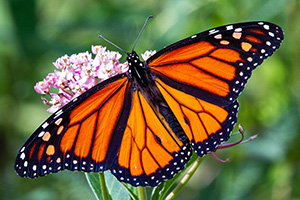 We are always looking for monarch photos, videos, stories and more for use on our website, on our social media accounts, in our publications, and as a part of other promotional and educational items we distribute online and offline to promote monarch conservation and Monarch Watch.
We are always looking for monarch photos, videos, stories and more for use on our website, on our social media accounts, in our publications, and as a part of other promotional and educational items we distribute online and offline to promote monarch conservation and Monarch Watch.